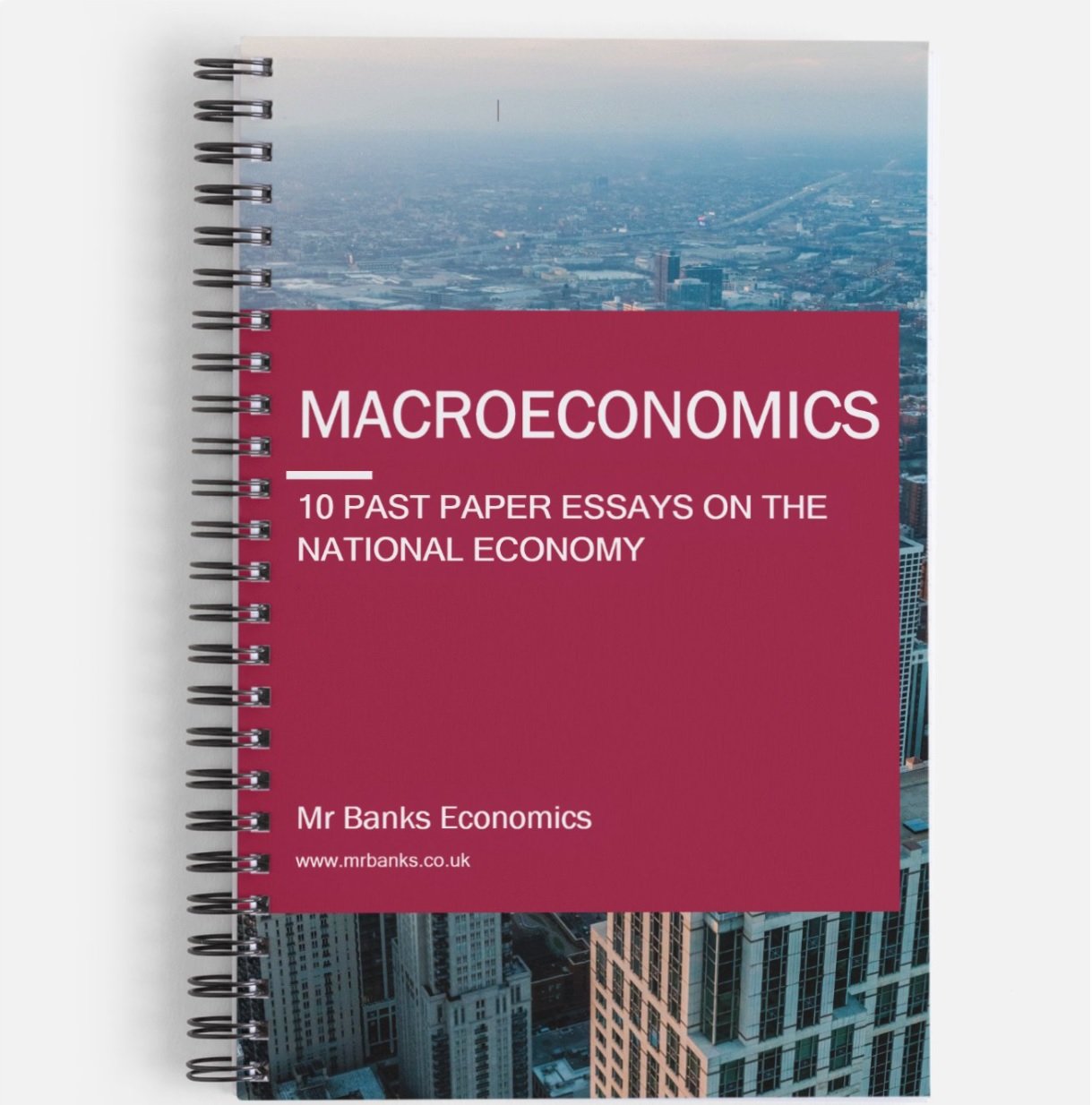Why and How Markets Fail
A-level Economics
The causes of market failure
Definition: Market failure occurs when the free market mechanism fails to achieve economic efficiency. The market fails to allocate resources efficiently and fails to maximise social welfare.
Types of market failure: 1) Complete and 2) Partial Market Failure
Complete market failure: No resources at all are used to produce something that benefits society - so nothing is made. This is also referred to as the missing market problem.
Partial market failure: The market provides the goods and allocates resources, but it allocates the incorrect quantity. The market could be overproducing or underproducing. It could be overallocating resources or underallocating them.
In general, a free market will be pretty good at allocating our precious, scarce resources because firms produce according to what consumers want and what they are willing to pay for a good or service. If there is big demand for something, then firms will react by producing more of it. That way, the resources on our planet are being used but they're being allocated to people who want to use them and they're allocated to people who get a welfare benefit from those resources.
Example: The price of gold in a free market is really high. Why? The free market forces of demand and supply create an equilibrium at this high price. This is because a) gold is in big demand. People get lots of benefit from gold as it is a precious metal, attractive to look at and has special qualities that other metals don't b) gold is very scarce - there is not an abundance of it so via the rationing function firms must increase the price of gold to the level where demand = supply, thus creating an equilibrium. If the price were lower, the resource would not be allocated efficiently. This is because there would be excess demand for gold and thus the resource would be undervalued.
In this example, the free market mechanism is working correctly.
When the market fails
However, the market mechanism is prone to failure. There are many ways the market can fail and not do its job (allocating scarce resources and creating maximum social wefare) properly. How is that? Let's see below:
The market fails to account for external costs and benefits: the free market only considers the buyer and the seller. The equilibrium price and output will come to be because of the consumer's willingness to pay and the firm's willingness to produce. But what about goods that cause costs and benefits for somebody outside of the sale? For example, a passer by who happens to inhale some of the consumer's smoke. That person may not be a smoker, but has been forced to bear a cost as a result of the buyer and seller doing business. The free market does not take this into account.
The market has a lack of competition: for instance, a monopoly firm within a market controls a huge share of the market. The monopoly price is higher which restricts some people from buying the product. The market is still governed by supply and demand, just that there is not enough firms competing with one another.
Public goods: when private firms do not want to supply certain goods that they think won't be profitable. A welfare benefit still exists for these products, but firms do not want to supply them so the products will not be made.
Imperfect Information: when parties involved in a transaction do not hold all information they need to know about the transaction. This prevents supply and demand from working properly. Also known as information failure.
Immobile factors of production: when the factors of production are not able to move freely where they need to.
Unstable commodity markets: when some markets in the primary sector struggle to survive due to the instability of prices and output in the market.
Inequality of income and wealth: where a few people in the economy are rich and many are poor. Income and wealth hasn't been distributed equally. Sure, some people are really rich and living the life but what about the thousands/millions of those who are breaking even and on the poverty line. A millionaire is thinking about what fancy car to buy next whereas a thousnd people on social housing are thinking about how they're going to eat tomorrow. If the market distributed this money equally there wouldn't be this problem. Therefore inequality leads to a net welfare loss.
What we have learned:
We have stepped into the topic of market failure. We understand the role of markets and when they are doing the job properly. We now know that they are not immune to failure. We have explored 7 ways the market can fail to do its job of maximising welfare for society as a whole.
IF YOU WANT GOOD GRADES FAST, BUY THESE BOOKS!
MACROECONOMICS MODEL ANSWER BOOK
10 Past Papers with Model Answers on the National Economy
Written by an experienced Economics tutor
Full model answers with diagrams
Suitable for all UK Economics exam boards
Physical booklet
£20.00
MICROECONOMICS MODEL ANSWER BOOK
10 Past Papers with Model Answers on Market Failure
Written by an experienced Economics tutor
Full model answers with diagrams
Suitable for all UK Economics exam boards
Physical booklet
£20.00


